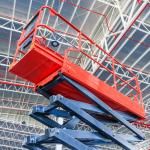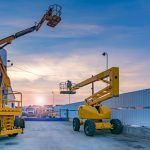
Aerial Lift Safety: Scissor Lifts & Boom Lifts
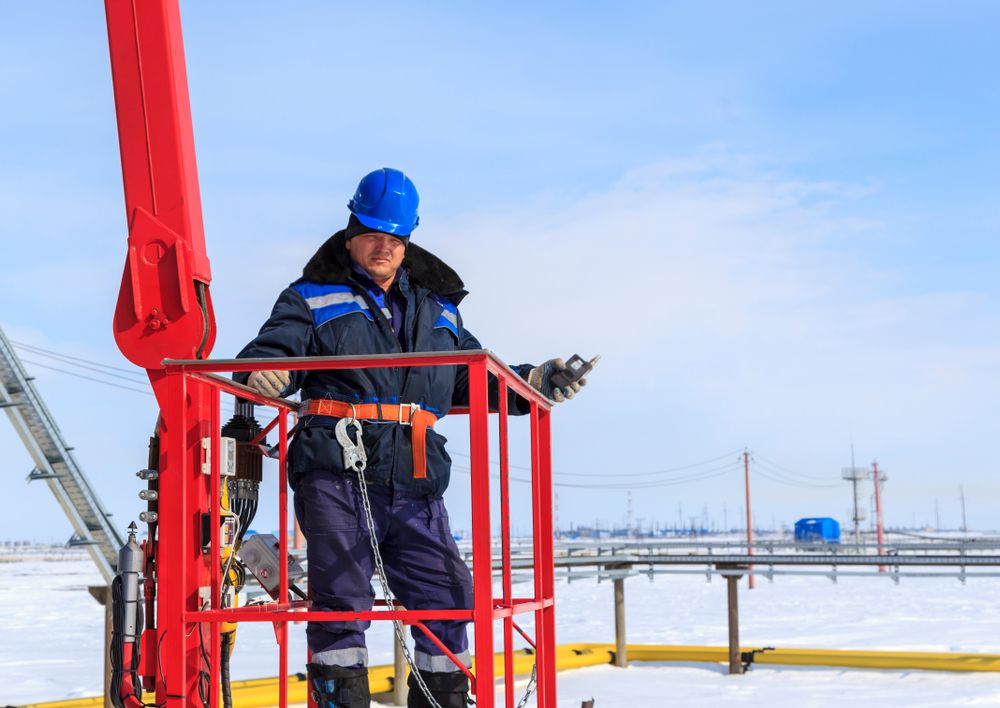
Countless accidents happen each year on aerial lifts.
Even with proper training, these pieces of equipment can still be quite dangerous. There is no such thing as a minor injury from a lift. Let’s check out some safety tips on how to use these pieces of equipment.
What Is an Aerial Lift?
Any type of machine that can lift a person or equipment into the air or to a higher point is termed an aerial lift.
There is not one piece of equipment that is an aerial lift.
Rather, there are multiples that fit into this category.
Some of the more common aerial lifts used are scissor lifts and boom lifts.
Scissor Lifts: Highly Useful but Not Without Risk
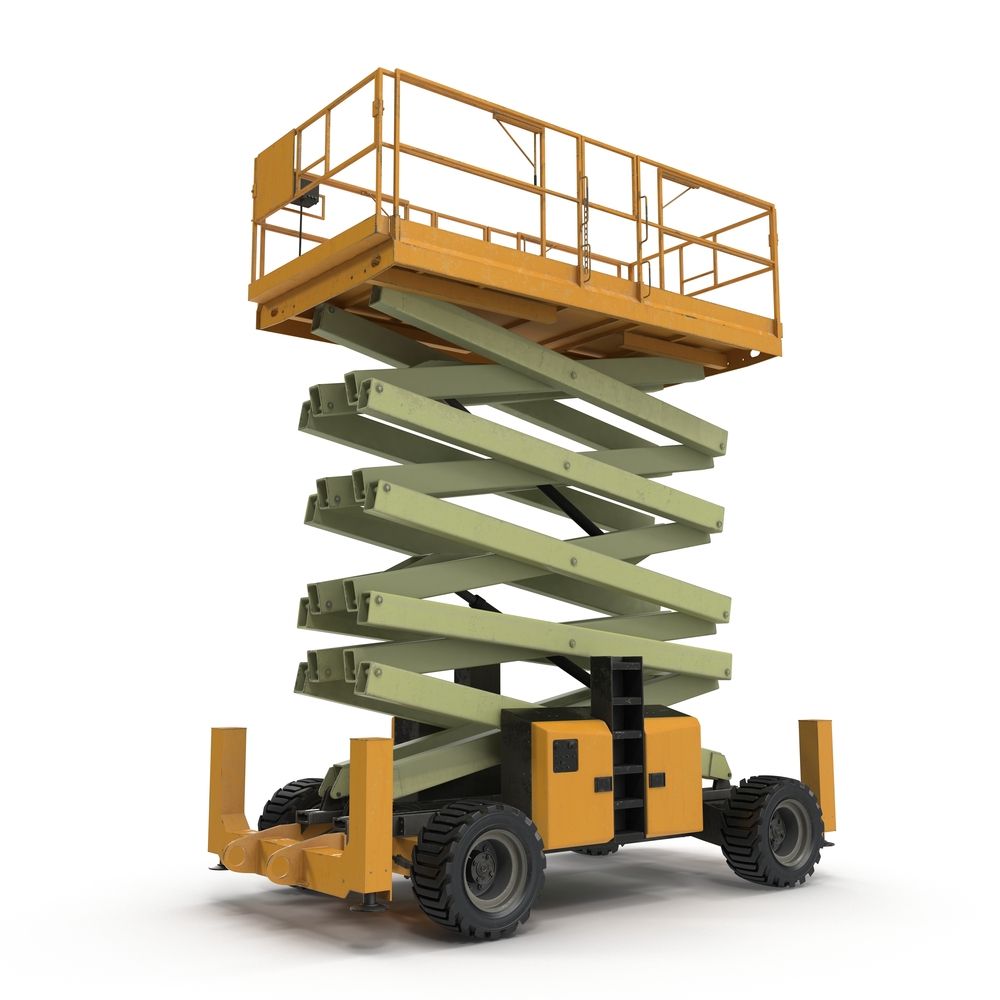 Scissor lifts start at almost a ground level and expand to reach the desired and needed height.
Scissor lifts start at almost a ground level and expand to reach the desired and needed height.
These lifts must be on stable ground before you begin to use them. If these machines are not on level ground, they are at risk of tipping over.
These are not lightweight machines. Serious harm will come to anyone on the machine at the time, as well as anyone near the machine should it tip.
Even if you have your scissor lift on stable ground, avoid using it in windy weather. That could also cause the machine to flip over, or the wind could flip the person in the basket of the lift out.
Boom Lifts: Heightened Risk & Need for Safety Awareness
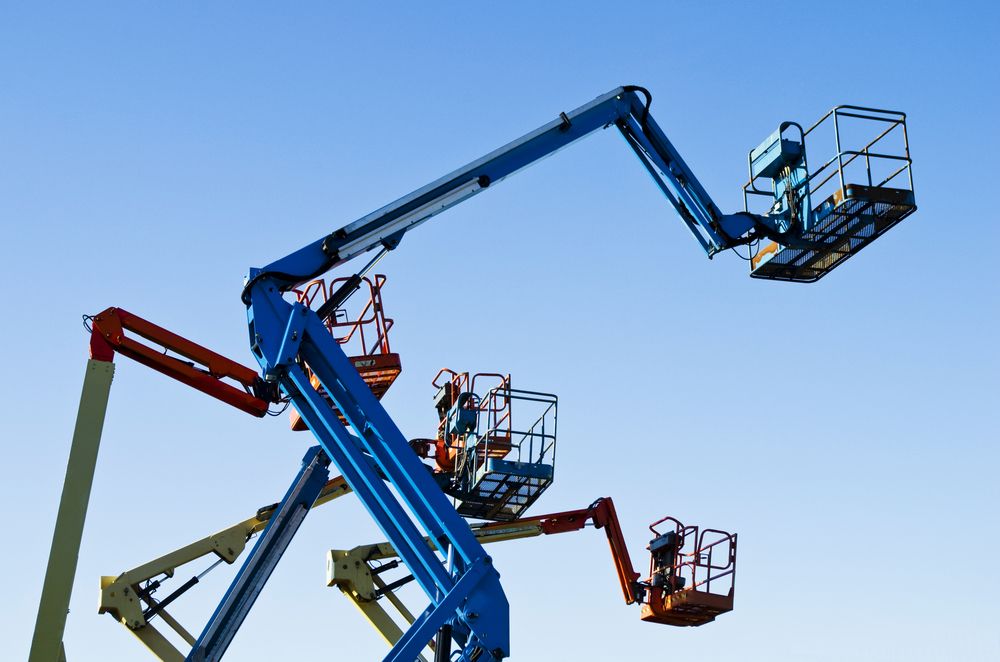 A boom lift resembles what you see electricians using to work on power lines.
A boom lift resembles what you see electricians using to work on power lines.
The person is transported to where they need to go in a device like a bucket. One big difference is on a boom lift the platforms aren’t fully enclosed on the sides, but instead have railings.
One of the main pieces of safety advice in a boom lift is to wear your harness and attach your lanyard to the lift.
You don’t want to think about falling out of your lift, but it can happen, and you must be prepared.
Aerial Lift Safety Tips for Working at Heights
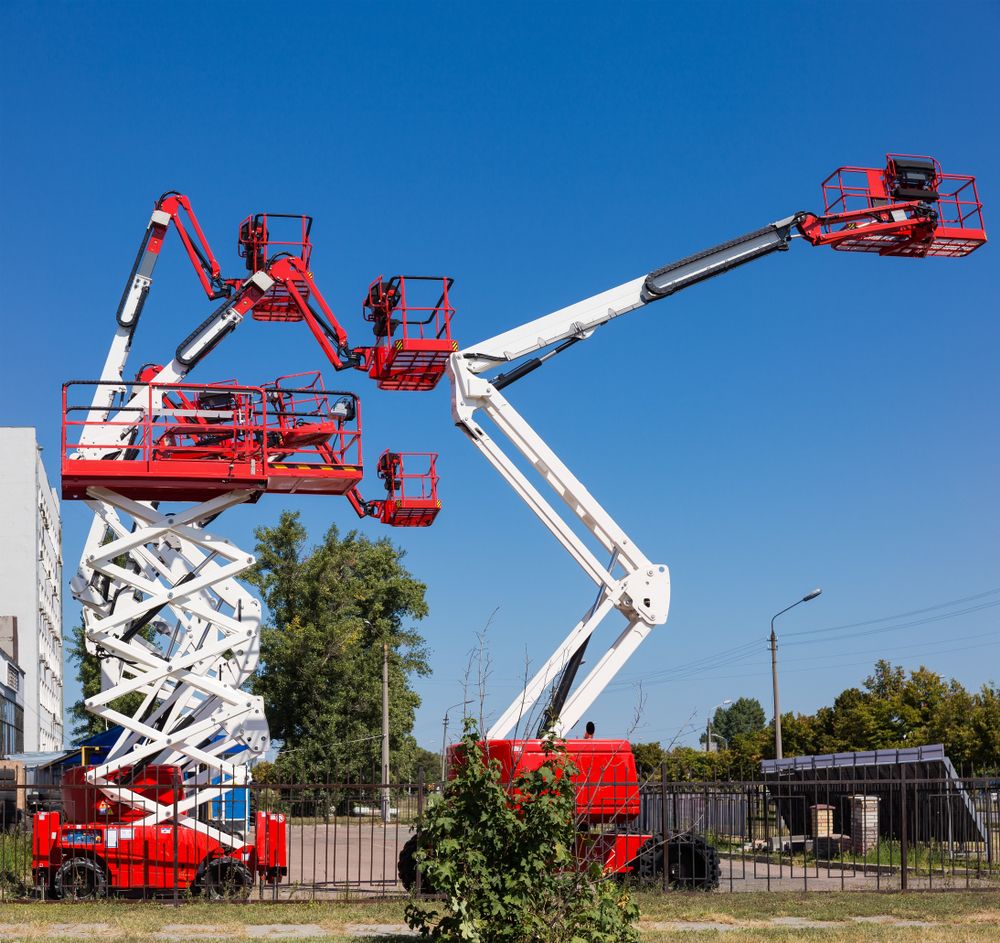 Aerial lifts are not equipped to handle heavy loads, so don’t attempt to transport heavy supplies in these lifts.
Aerial lifts are not equipped to handle heavy loads, so don’t attempt to transport heavy supplies in these lifts.
Also, even though it may seem tempting, do not ever try to work from the edge of your aerial lift. If you can’t reach something without climbing onto the side of your lift, tell your operator to change positions to get you closer.
Even though aerial lifts vary somewhat from one type to another and some tips are specific just to one, there are a couple of tips that pertain to all aerial lifts.
The most significant one is that anyone operating a lift needs proper lift training on how to manage these machines.
If you don’t know what you are doing, you could kill someone. This sounds harsh, but trust us, it isn’t hyperbole.
Also, maintain proper spacing between your vehicle and hazards above you, such as power lines, etc. One wrong move could push you into those lines, which could cause grave injury.
How Advanced Consulting & Training Helps
Hopefully, you find these tips helpful for you and your team. Aerial lifts perform essential tasks on construction sites and warehouses.
Without proper training, aerial lifts can also cause significant harm to the people using them. Utilize these tips to ensure you and your team stay safe.
Want to know more about working at heights safely with aerial lifts? Looking to implement an aerial lift training program for your workplace?
Contact us today to find out how Advanced Consulting & Training can help.

